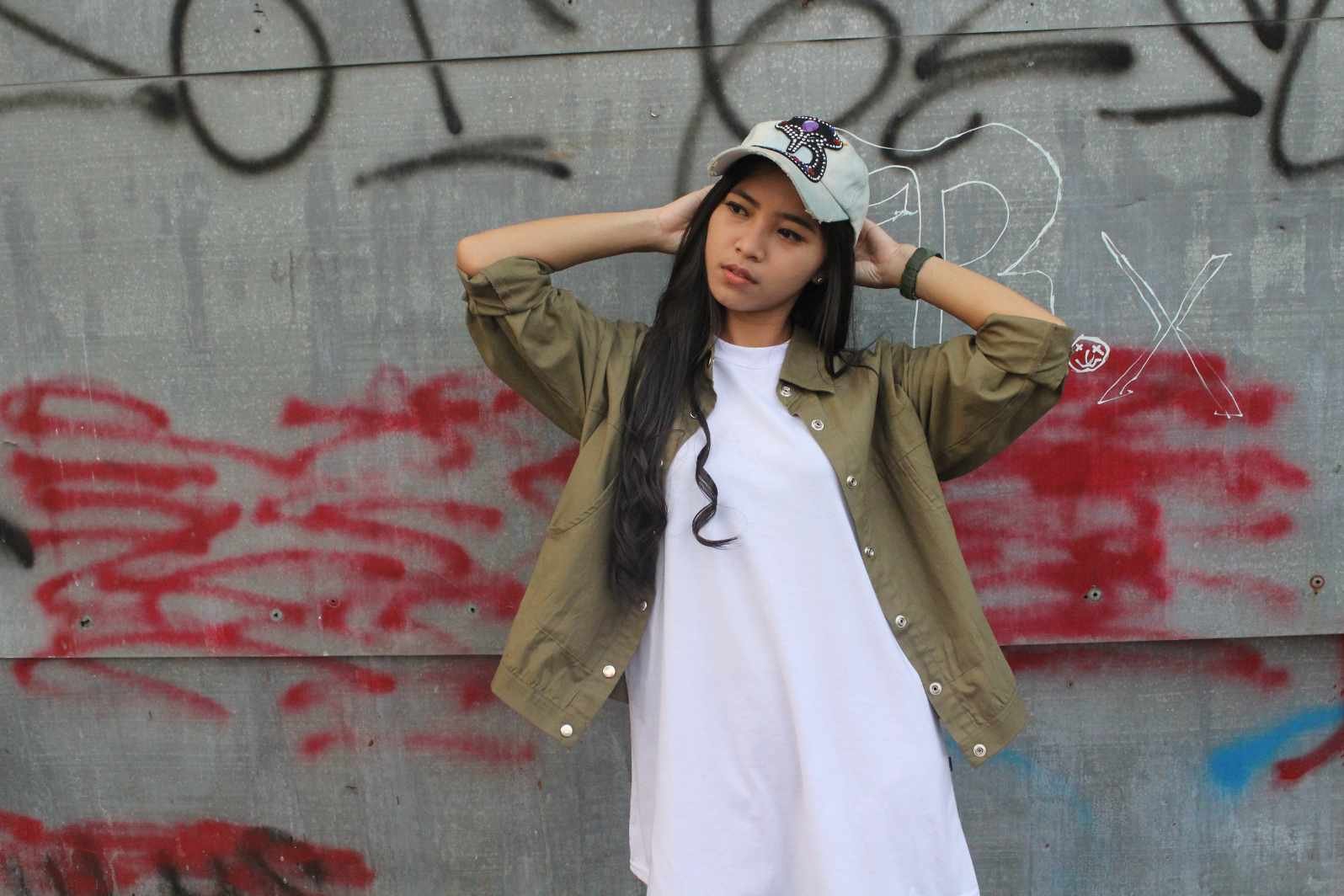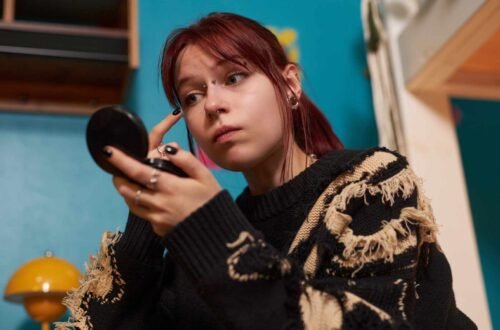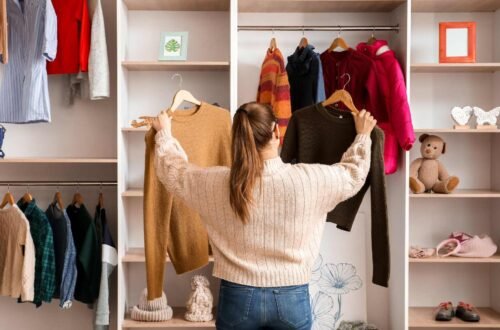Fashion, of course, has always been more than just clothing — it is identity, heritage, creativity. Today, designers are crossing borders like never before to add cultural spins into their designs. This global-mash up is transforming the runway, as white and Western stereotypes of beauty (often limited in terms of diversity and fat bodies) give way to a contemporary beauty ideal for everyone, everywhere.
The Birth of the Cultural Crossover in Fashion
In the era of international travel, social media and digital platforms, where barriers are broken between cultures, fashion is a mix of ideas. Designers are looking far and wide — for Japanese kimono silhouettes, Indian embroidery, African prints, Middle Eastern craft — and reinventing them in a modern context.
This cultural crossover doesn’t simply result in visually arresting ensembles, however; it tells tales that are reverent of tradition yet able to resonate with worldwide audiences.
Celebrating Diversity Through Design
Fashion fusion is about appreciation, not appropriation. When done with respect, mixing cultural symbols underscores diversity and recognizes the artistry of other cultures. For example:
- Luxury houses incorporate indigenous weaving techniques in high-end collections.
- Streetwear brands mix Eastern calligraphy with Western silhouettes.
- Sustainable labels collaborate with artisans worldwide to preserve traditional crafts.
These kinds of partnerships not only help to empower local communities, they brings authenticity to a larger world stage.
Cultural Fusion, on the Catwalk and Beyond
Several designers and brands have made the mixing of cultures their trademark:
- Gucci has played with Asian, African and European references in an eclectic medley of collections.
- Stella Jean, an Italian-Haitian designer, is famous for her exuberant collection of global prints.
- Dior has worked with African artists and Indian embroiderers to highlight craft.
These cases demonstrate that fusion fashion is no mere fad, but a game-changing movement in the business.
Global Impact: Beyond Aesthetics
Fashion fusion also influences the way we see identity and globalization. It encourages a cross-cultural exchange, it’s inclusive, and it breaks down stereotypes. In a more practical sense it promotes back the good old traditional craftsmanship, helps preserving artisans, makes sustainability more awareness by giving higher value to heritage techniques than just mass production.
The Future of Fashion Fusion
With technology allowing for virtual fashion shows and AI-generated designs, cross-cultural pollination can only get more interesting. Look for continued efforts to pair local artisans with global brands, more attention to ethics, and runway collections as cultural bridges.
Fashion fusion is not just a matter of clothes — it’s a world where cultures live and borrow from each other, reminding us that beauty is all the more lovely for its differences.
FAQs
Q1: What is “fashion fusion”?
Fashion fusion means using different style, fabric or technique on clothes of any culture, to make modern styles. It’s a celebration of diversity in fashion.
Q2: What distinguishes fashion fusion from cultural appropriation?
With the fusion, less is assigned more to a harmony and teamwork; it’s frequently via artisans or by paying respect to the traditions of the designs. Cultural appropriation, however, employs fragments that aren’t placed in the right context, or used respectfully.
Q3: Who are some designers that are praised for the mingling of different cultural elements?
Stella Jean, Jean Paul Gaultier, and megabrands like Gucci and Dior DESIGNERS THAT USE MULTICULTURAL INSPIRATIONS ON THE CATWALK Designers such as Stella Jean, Jean Paul Gaultier, and global megabrands Gucci and Dior are known for embracing multicultural influences on the runway.
Q4: How is cultural fusion important in fashion?
It encourages inclusivity, it helps to save traditional craftsmanship and it tells cultural stories so that fashion becomes meaningful.
Q5: What does the future of fashion fusion look like?
The future is likely to bring more ethical collaborations, more sustainable practices and the use of technology to represent cultural creativity on the world stage.





